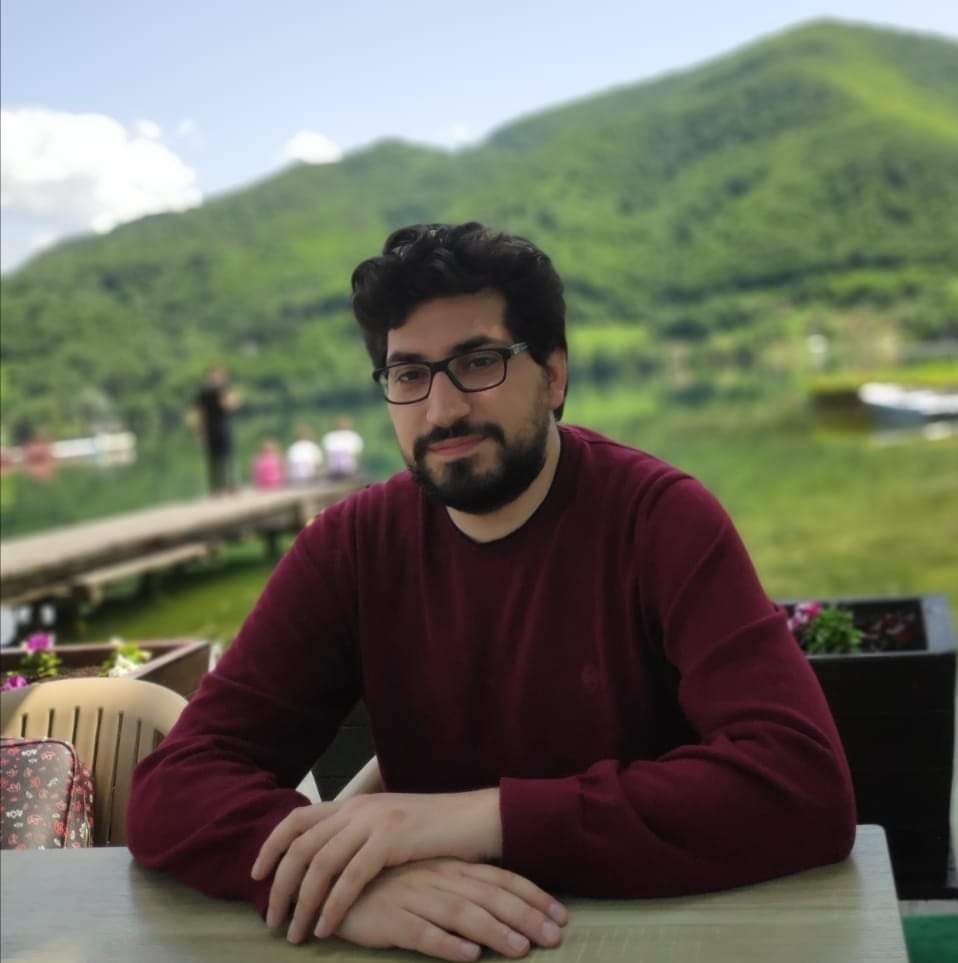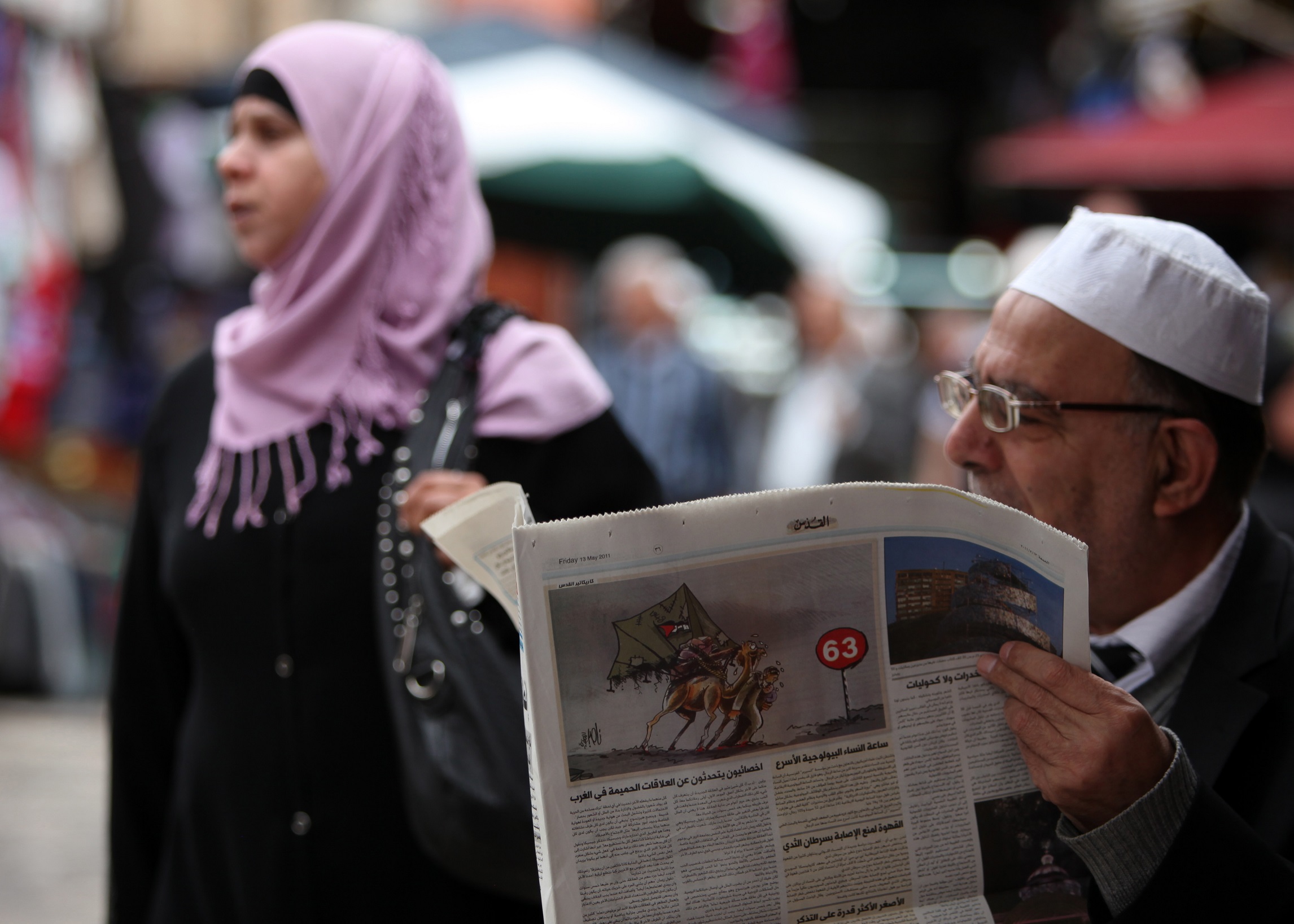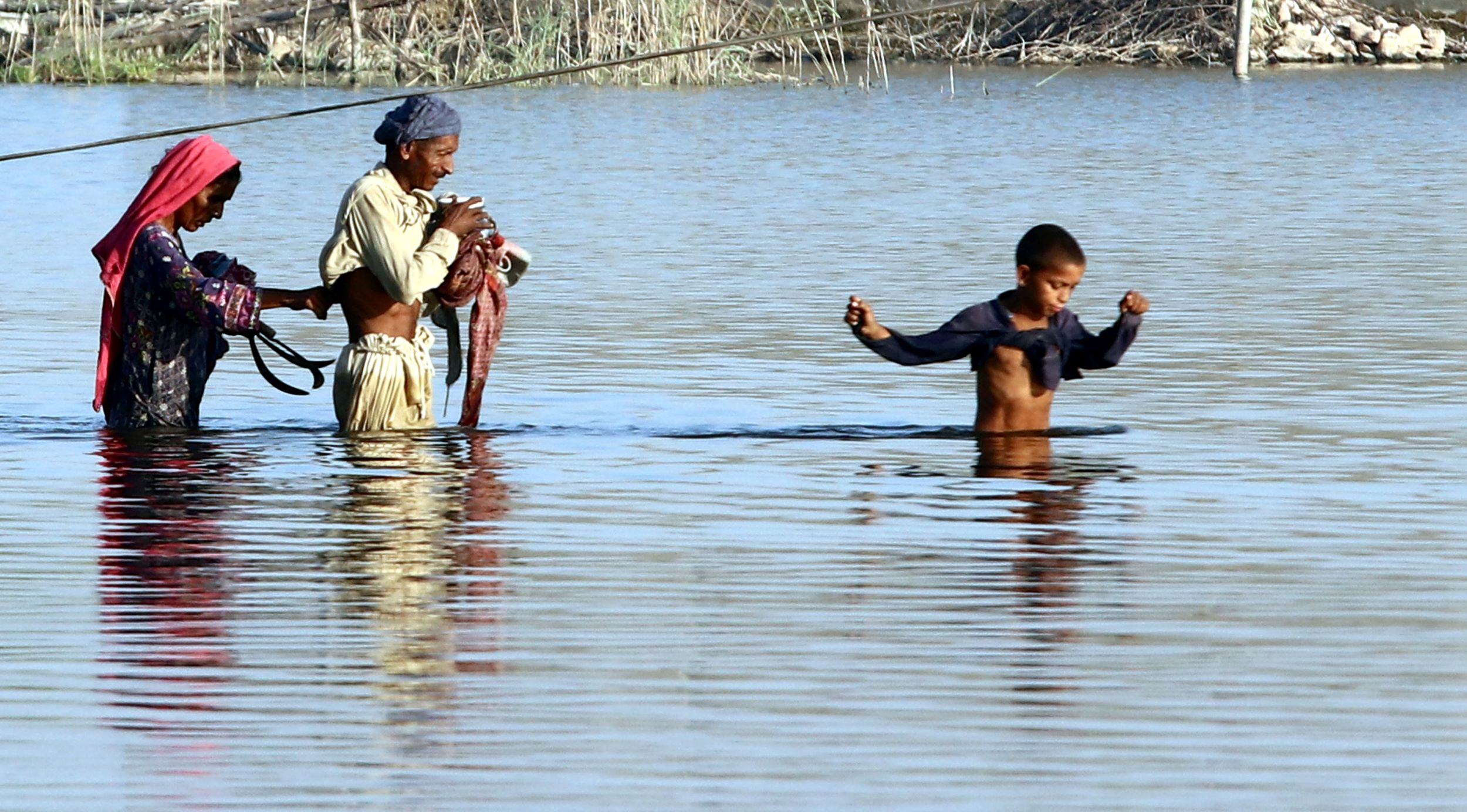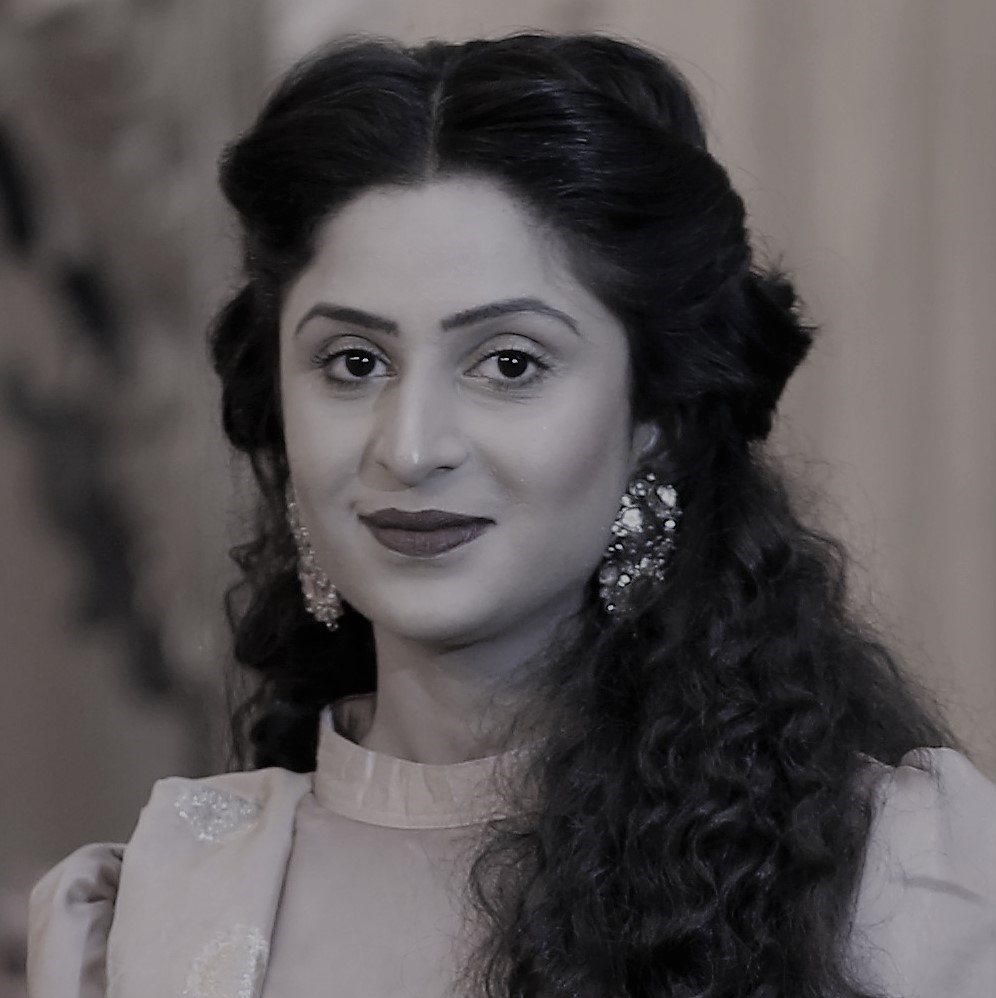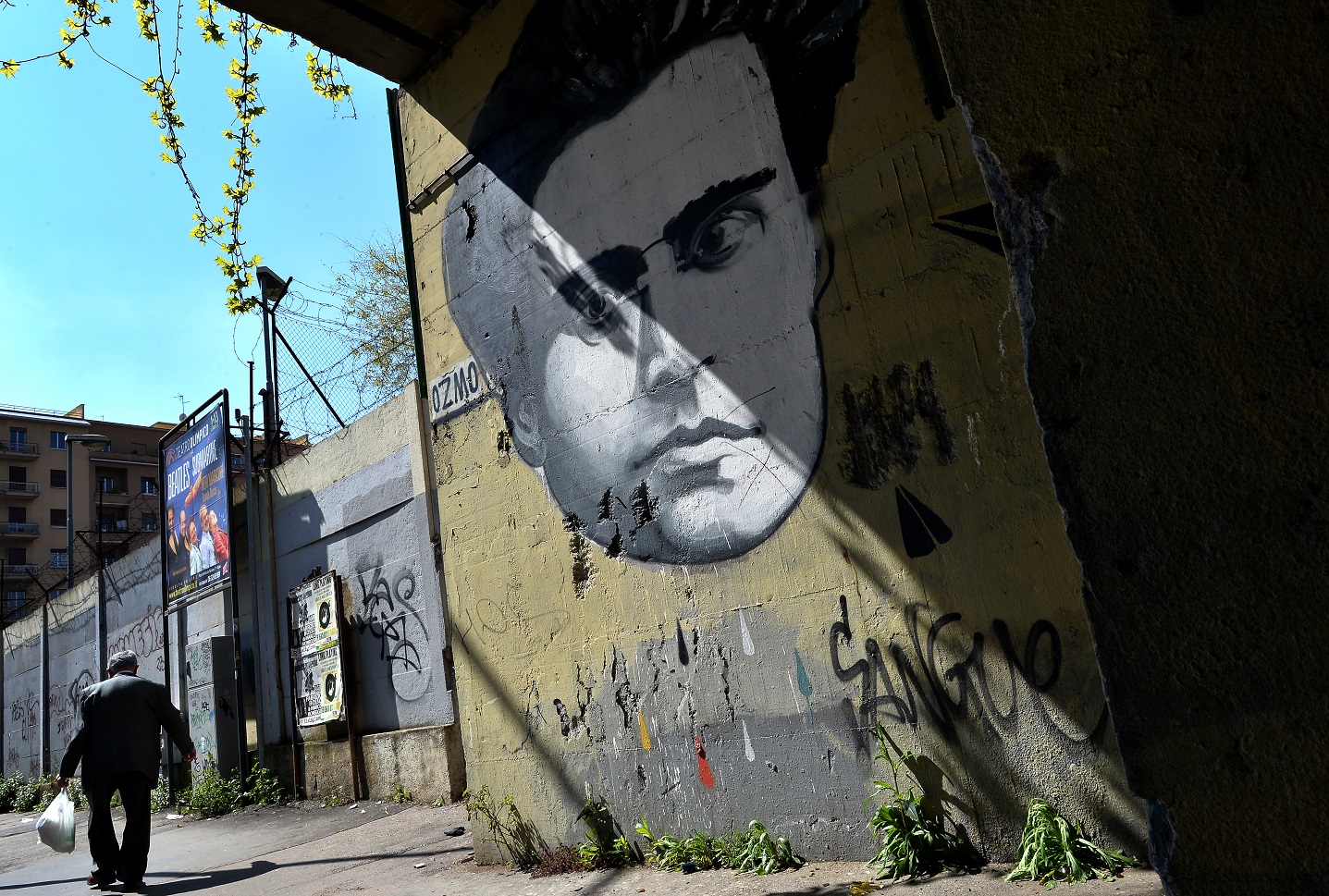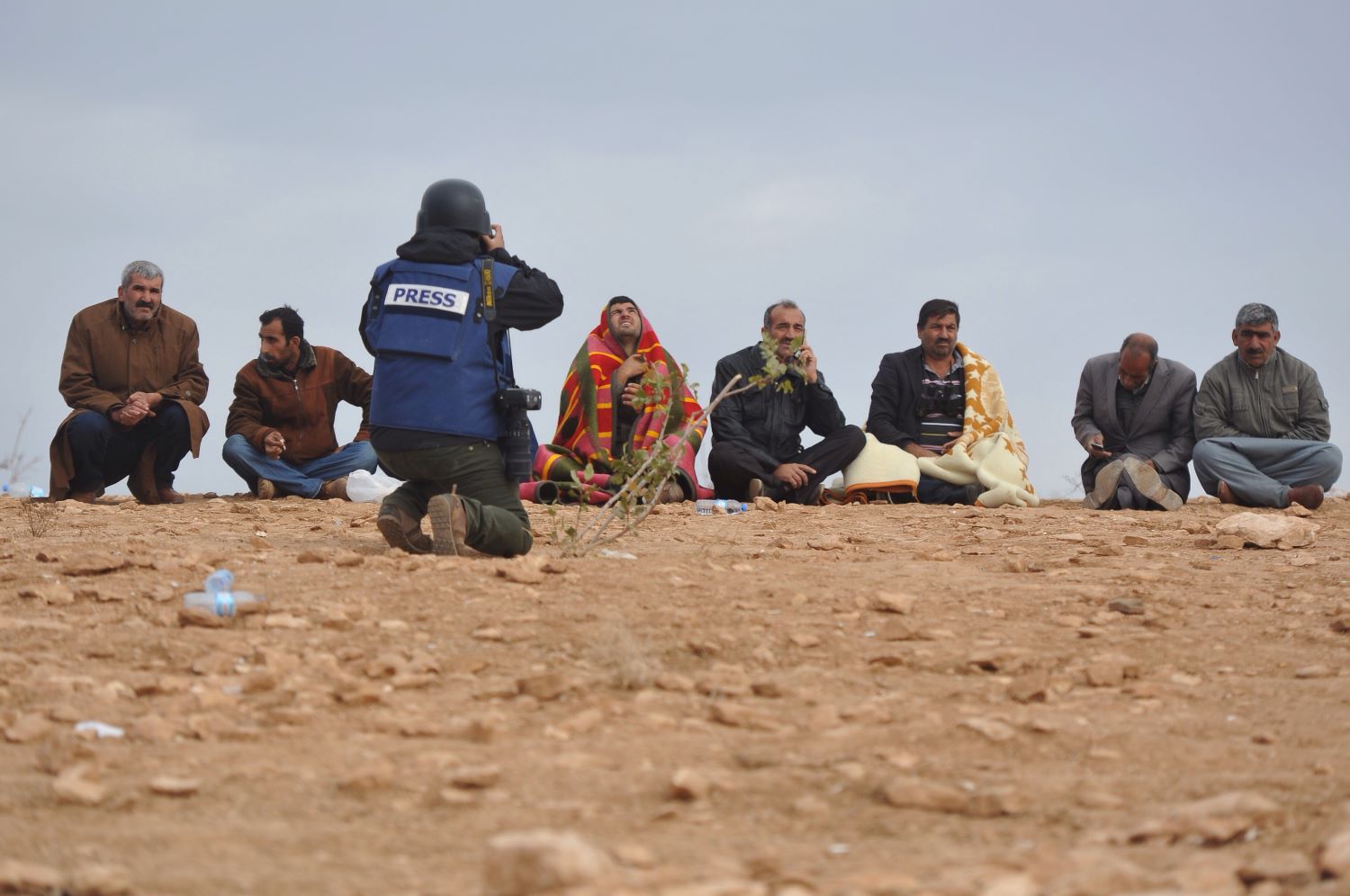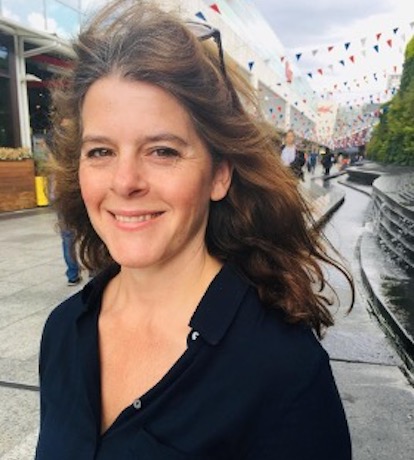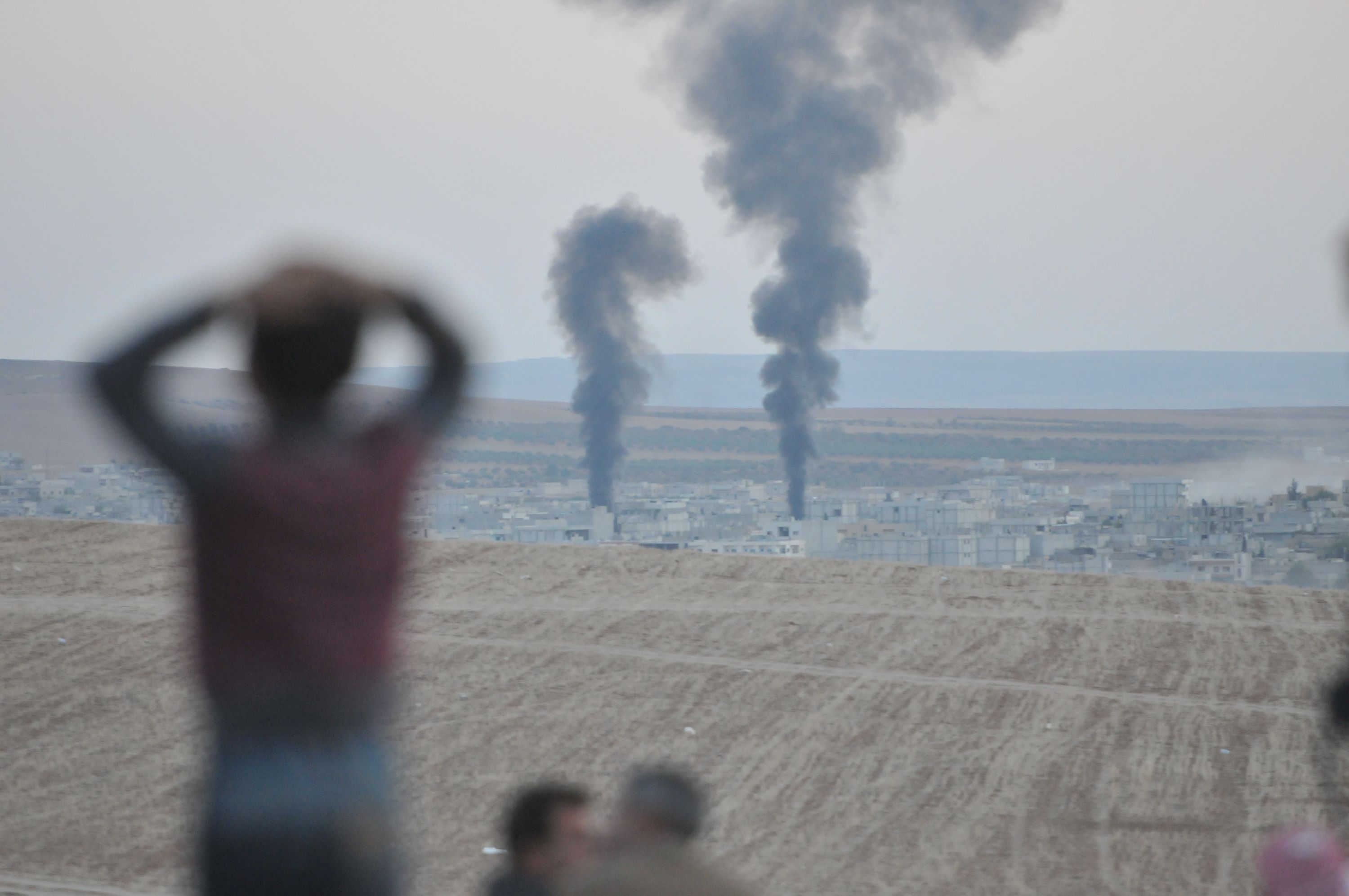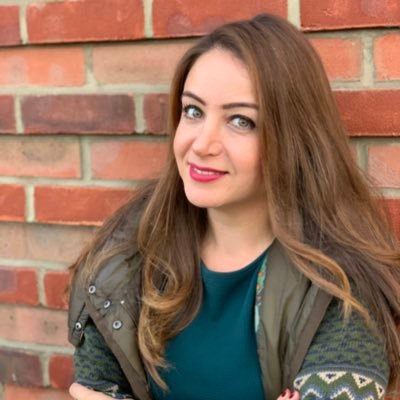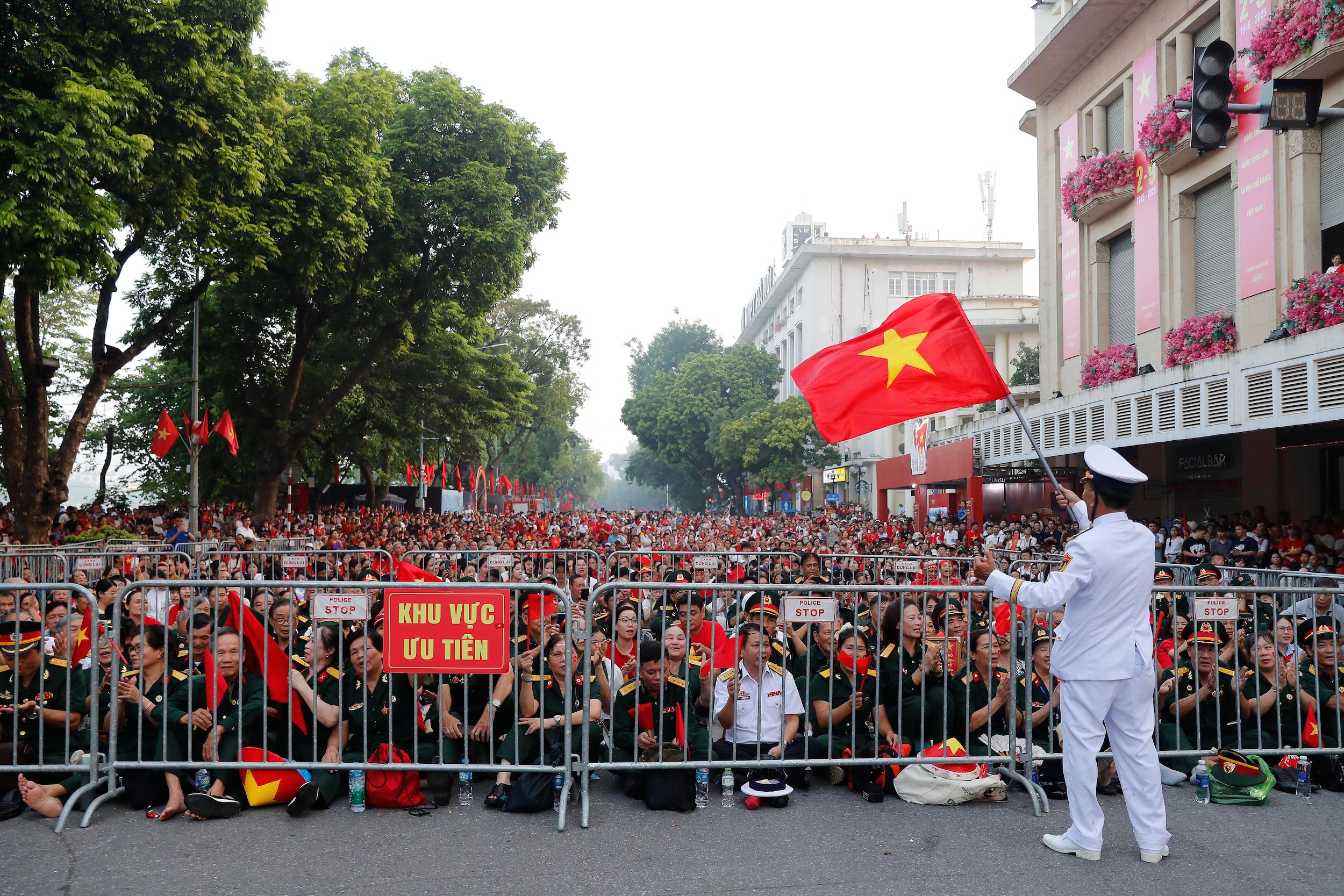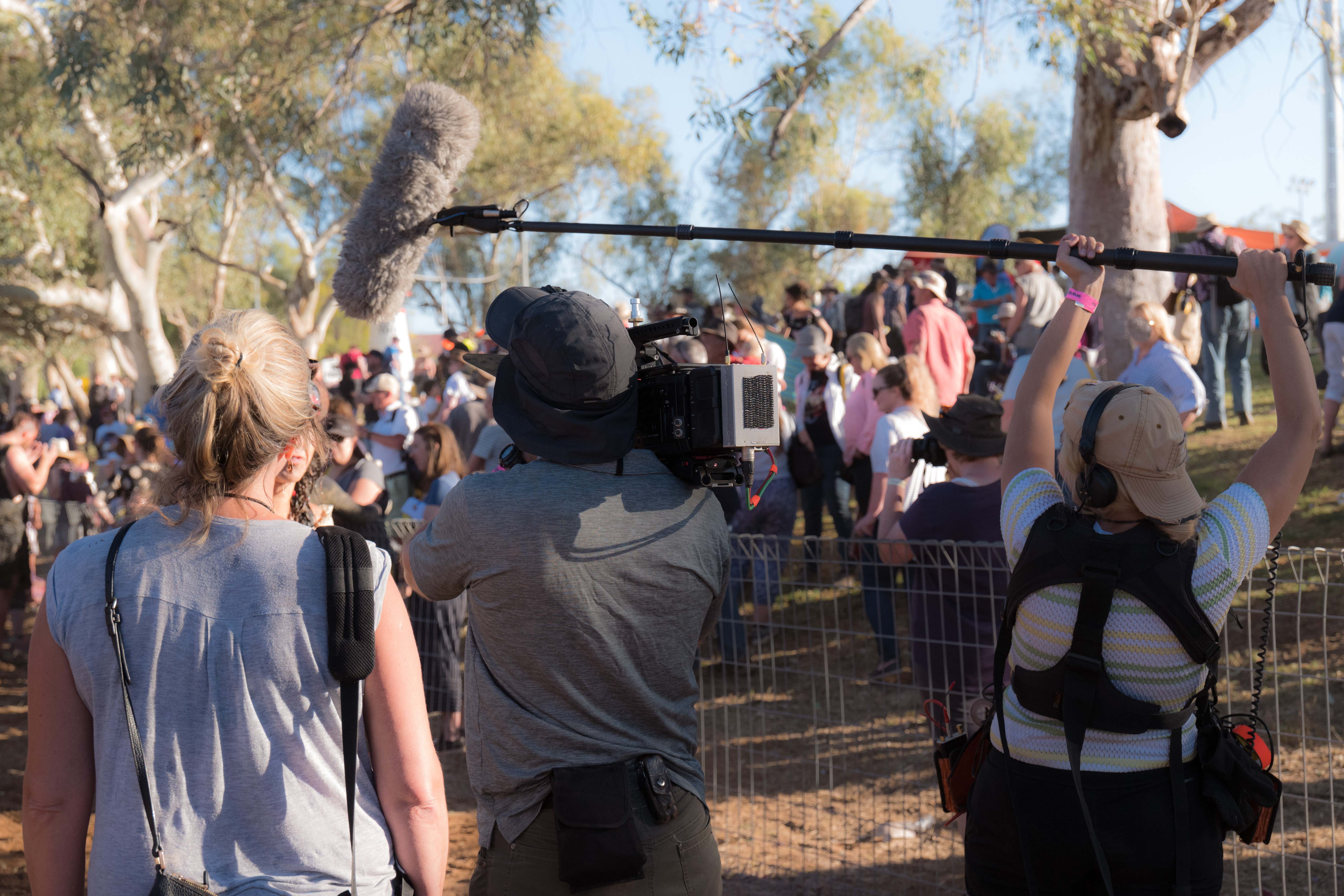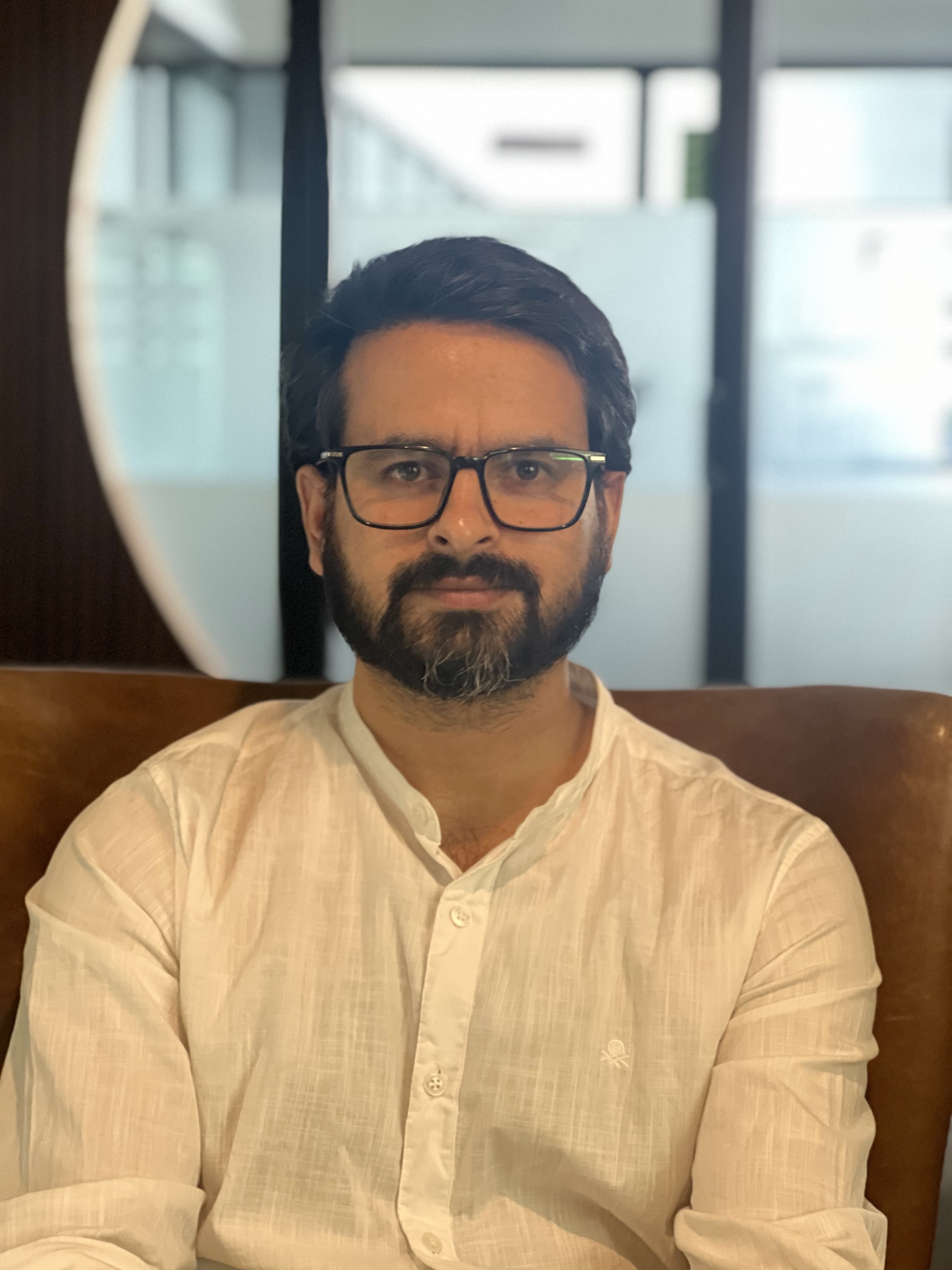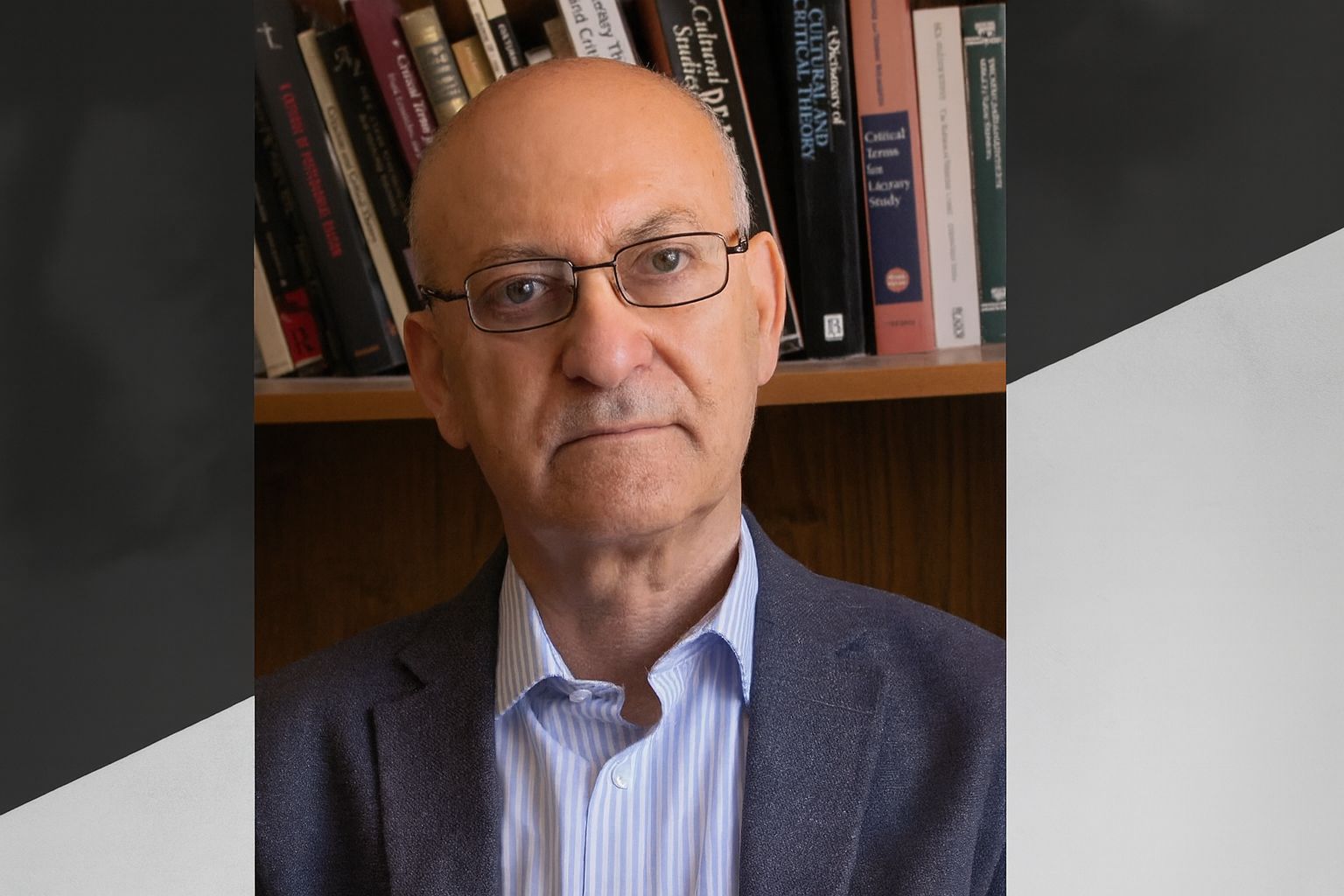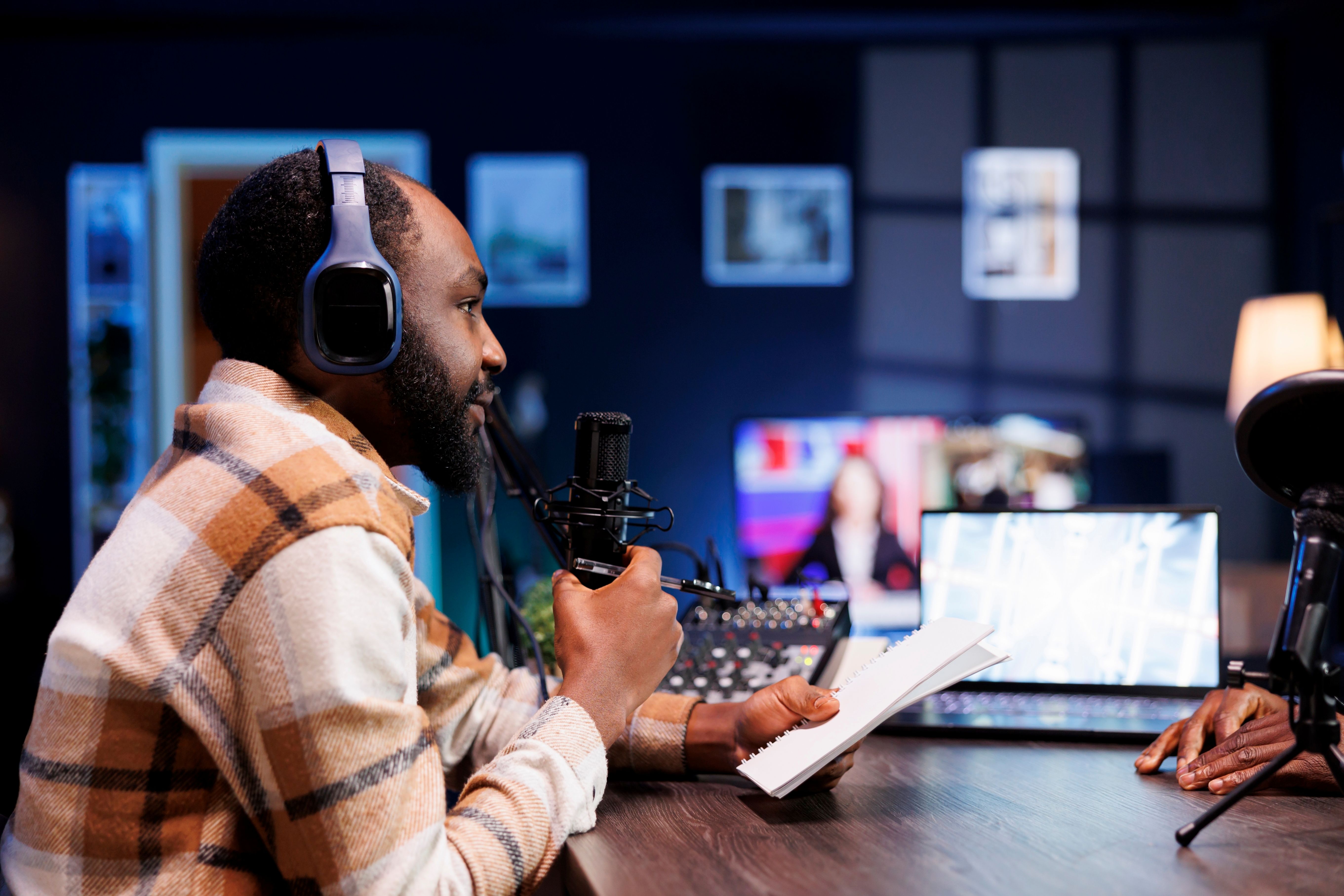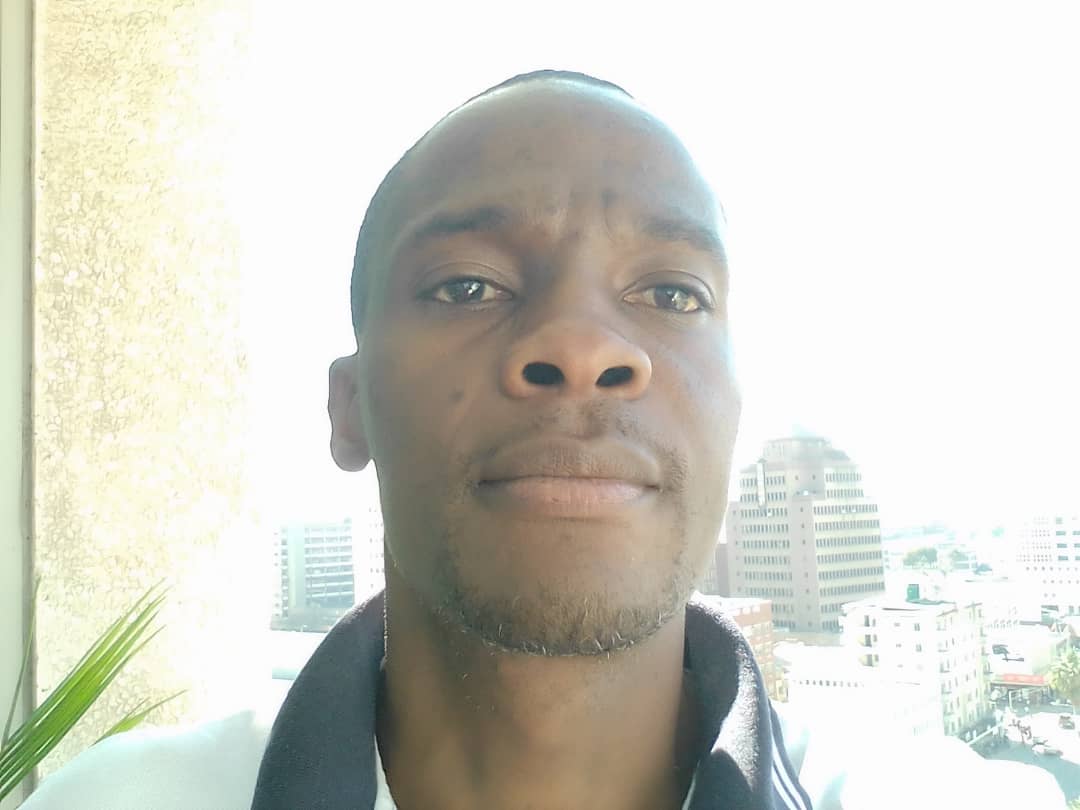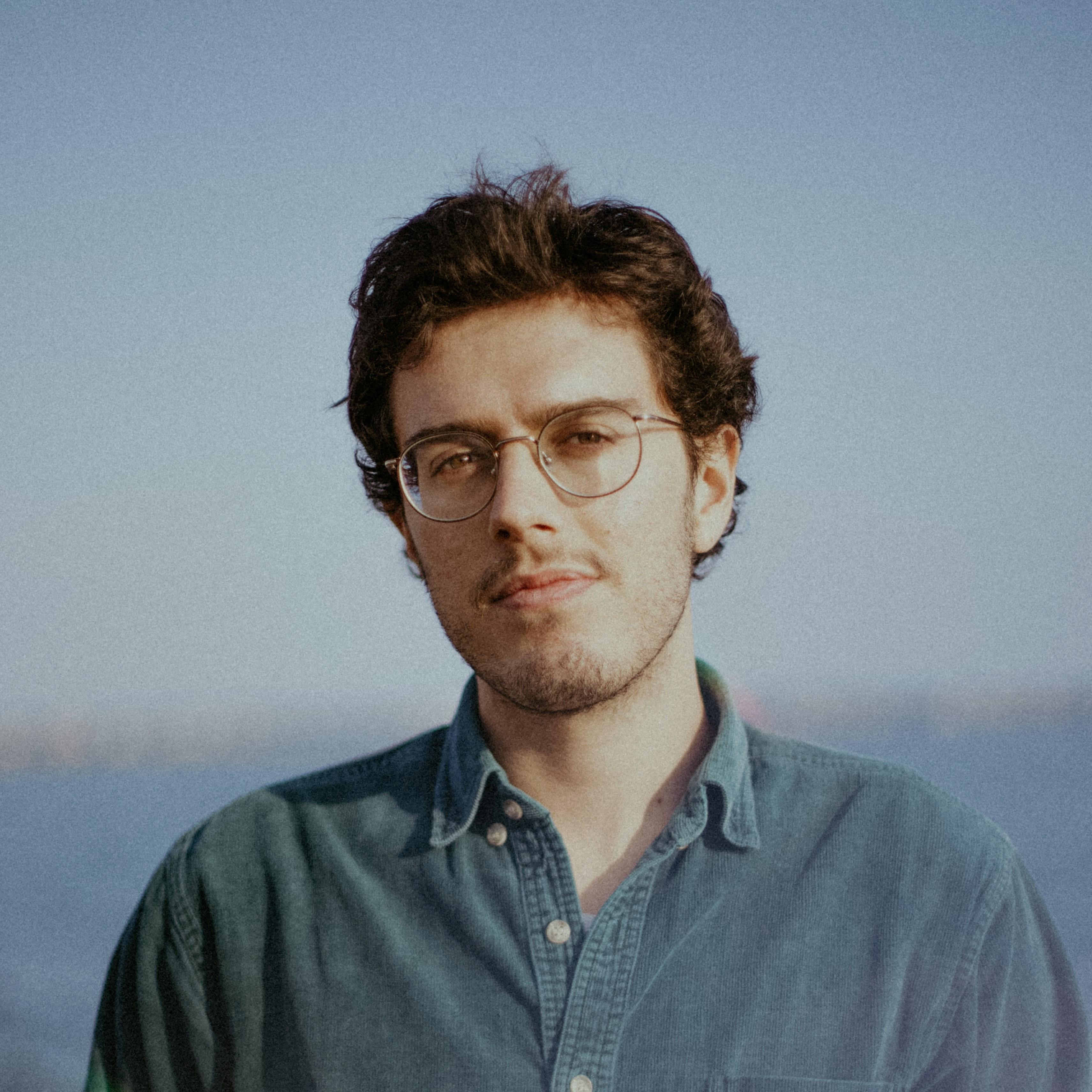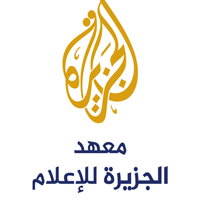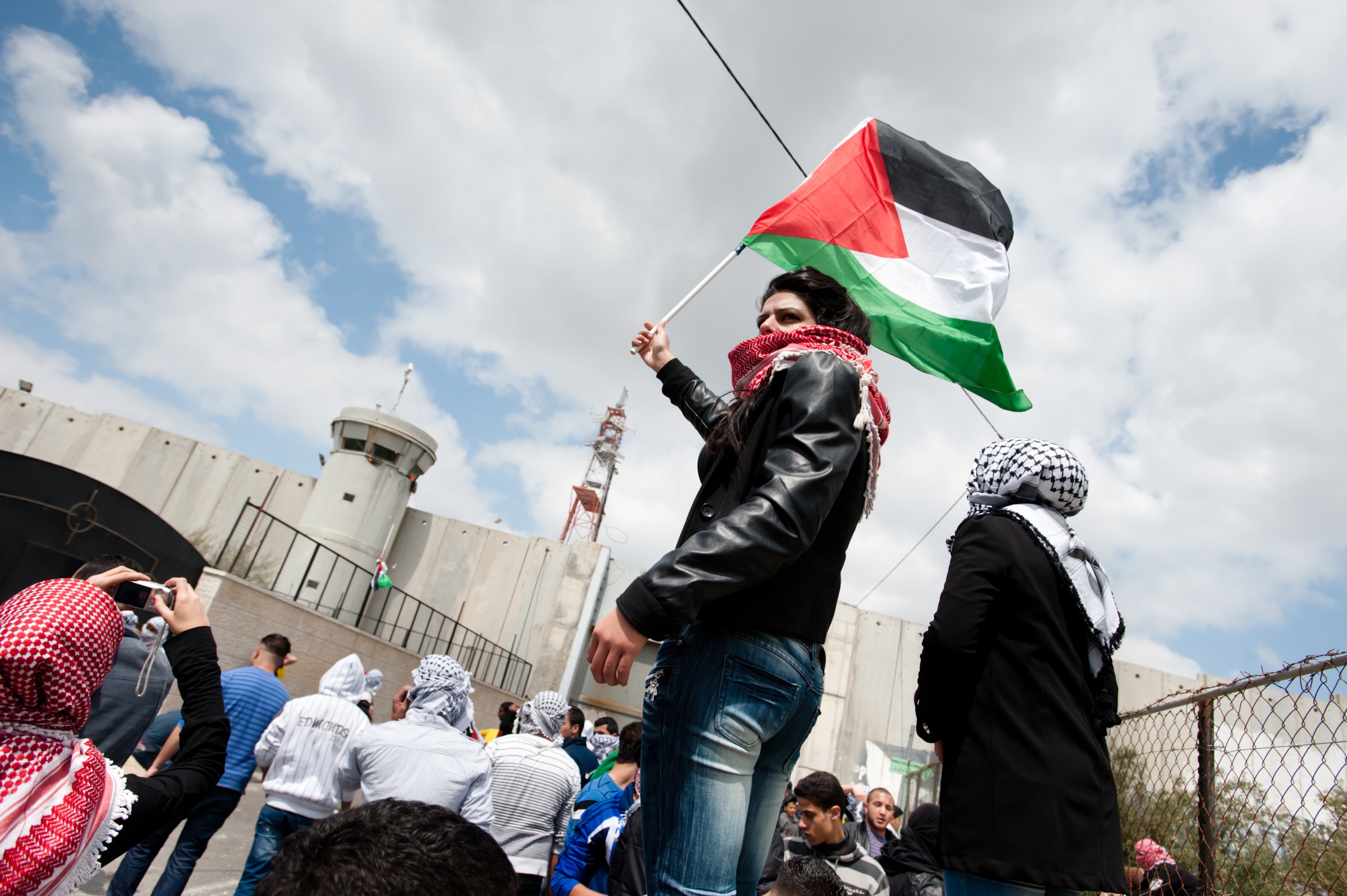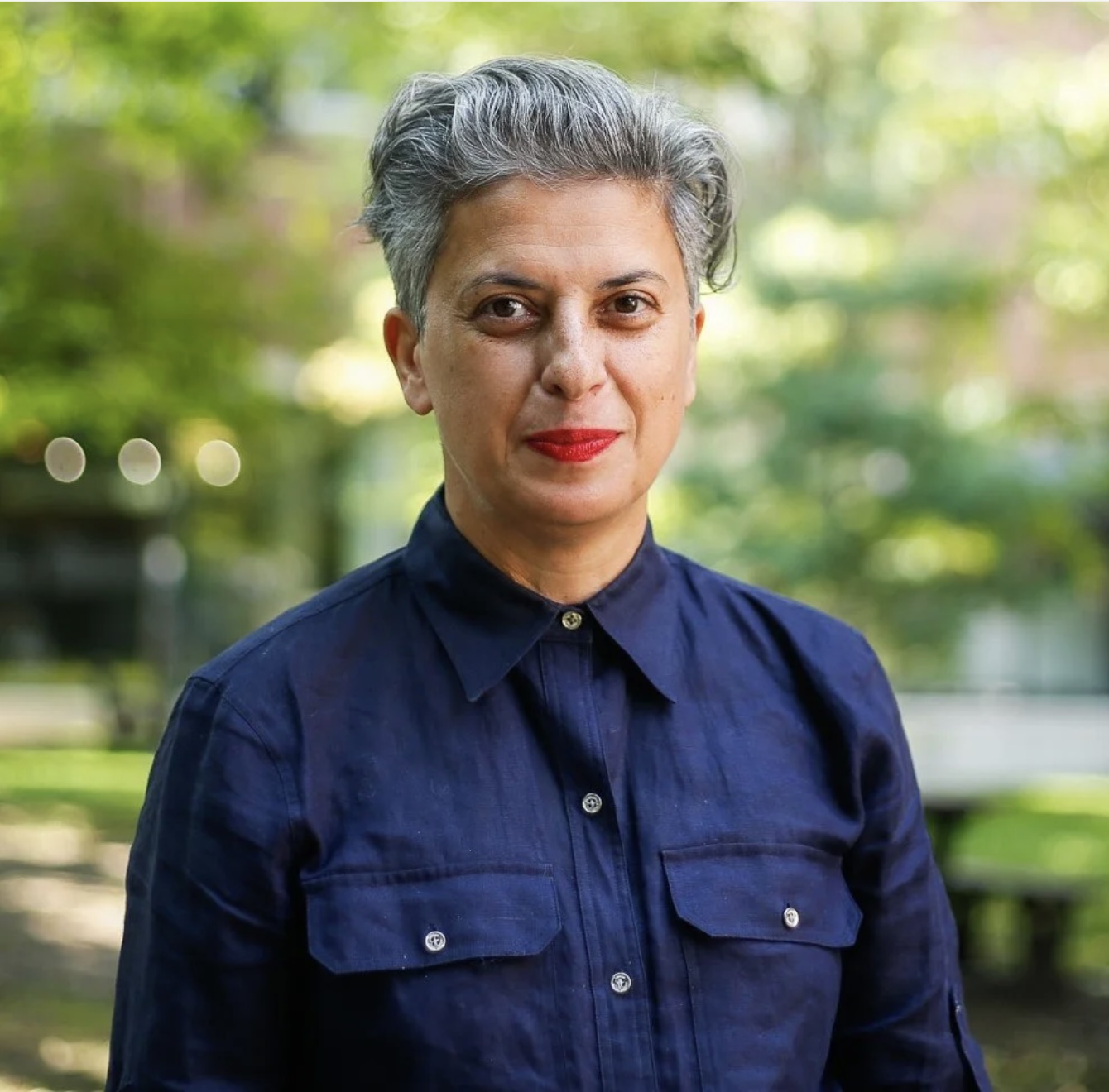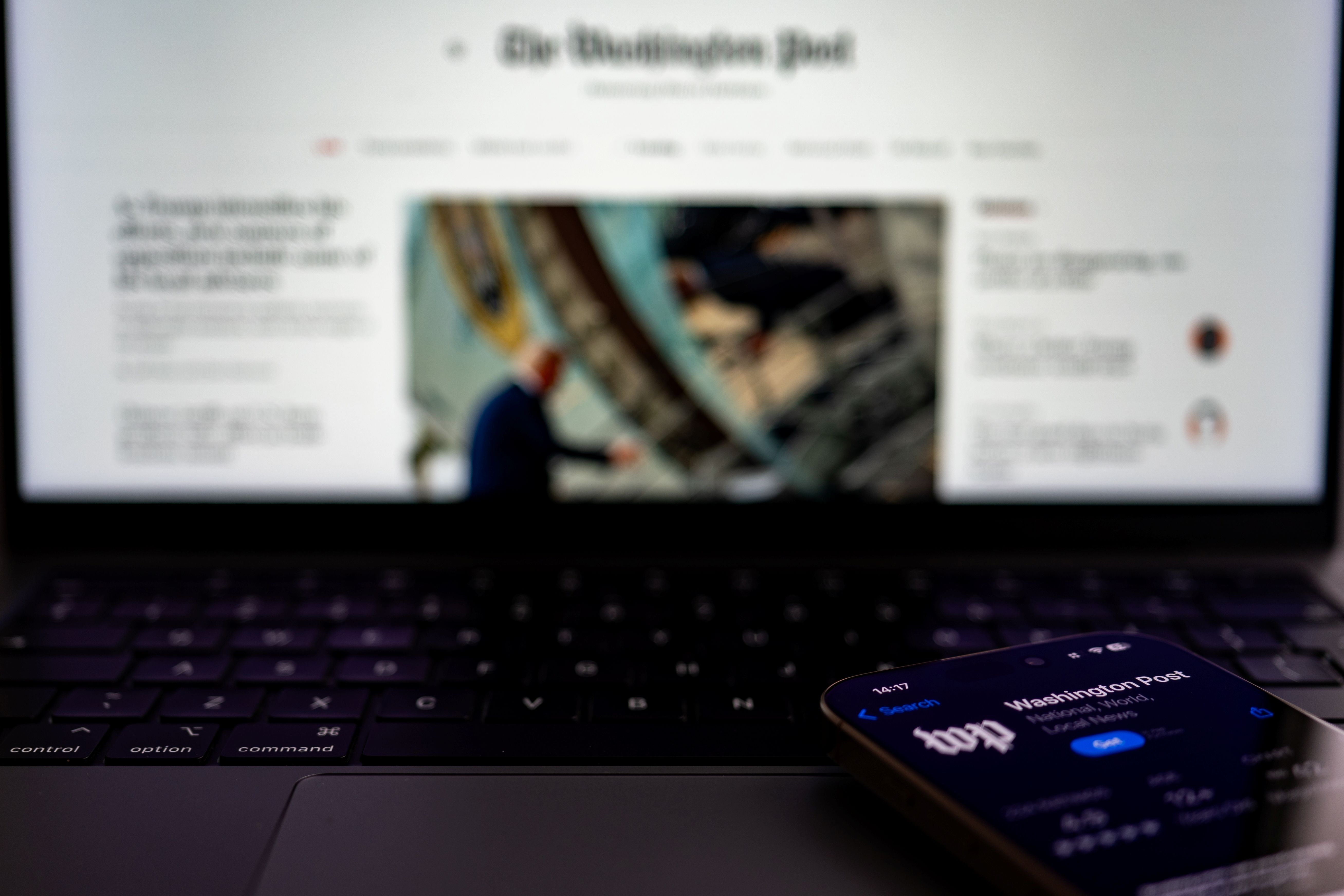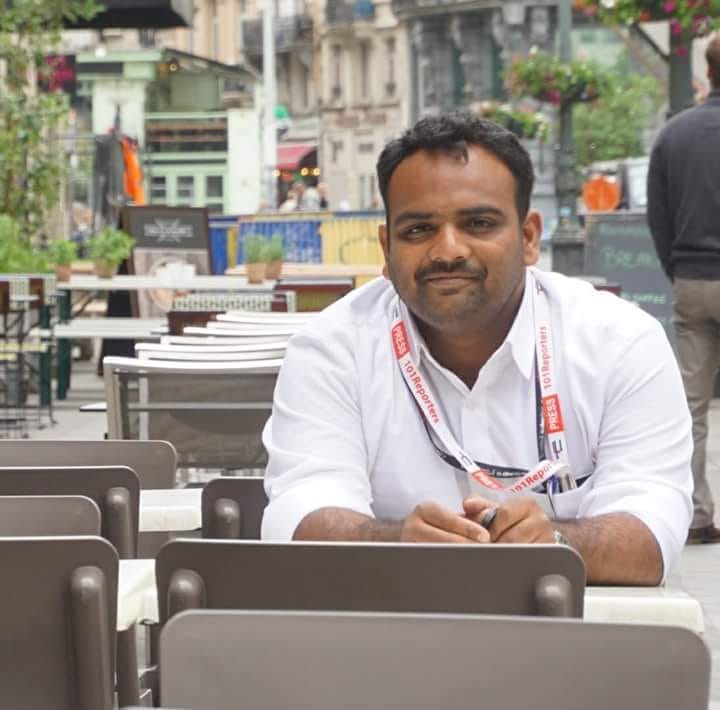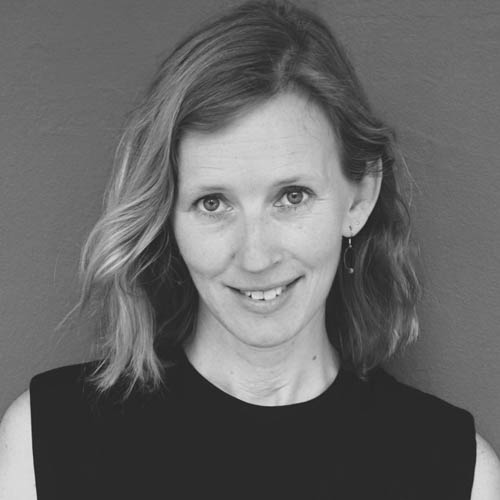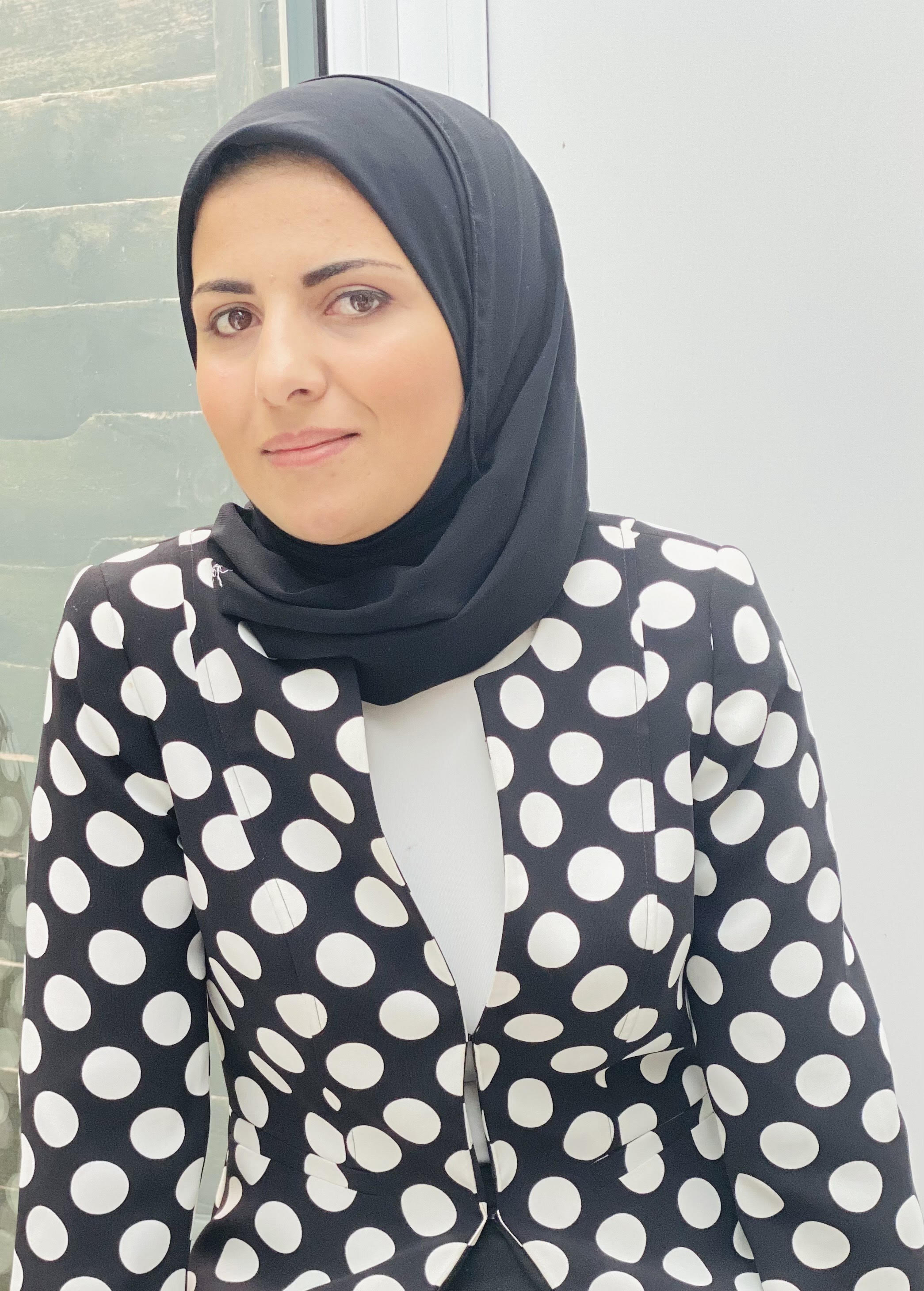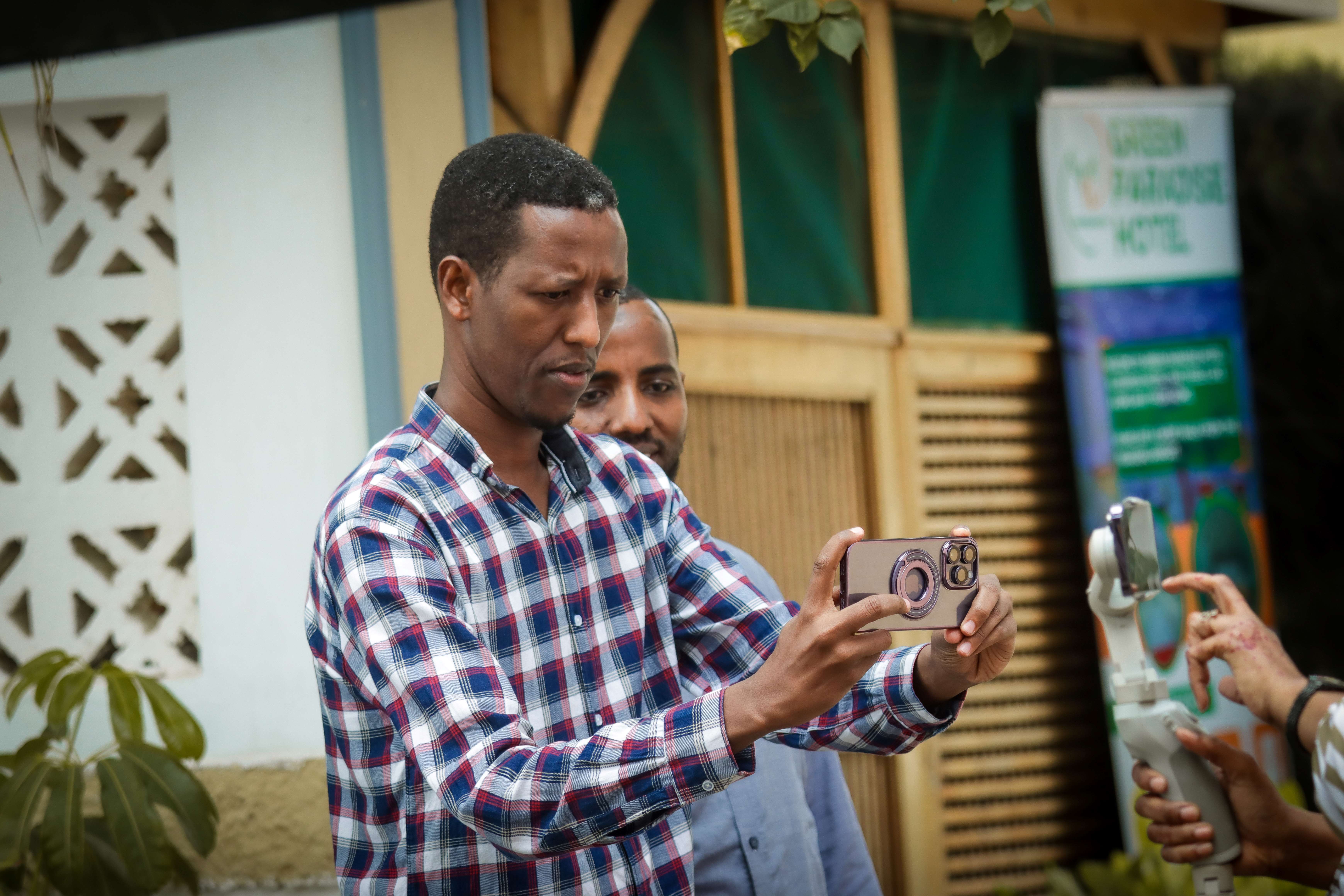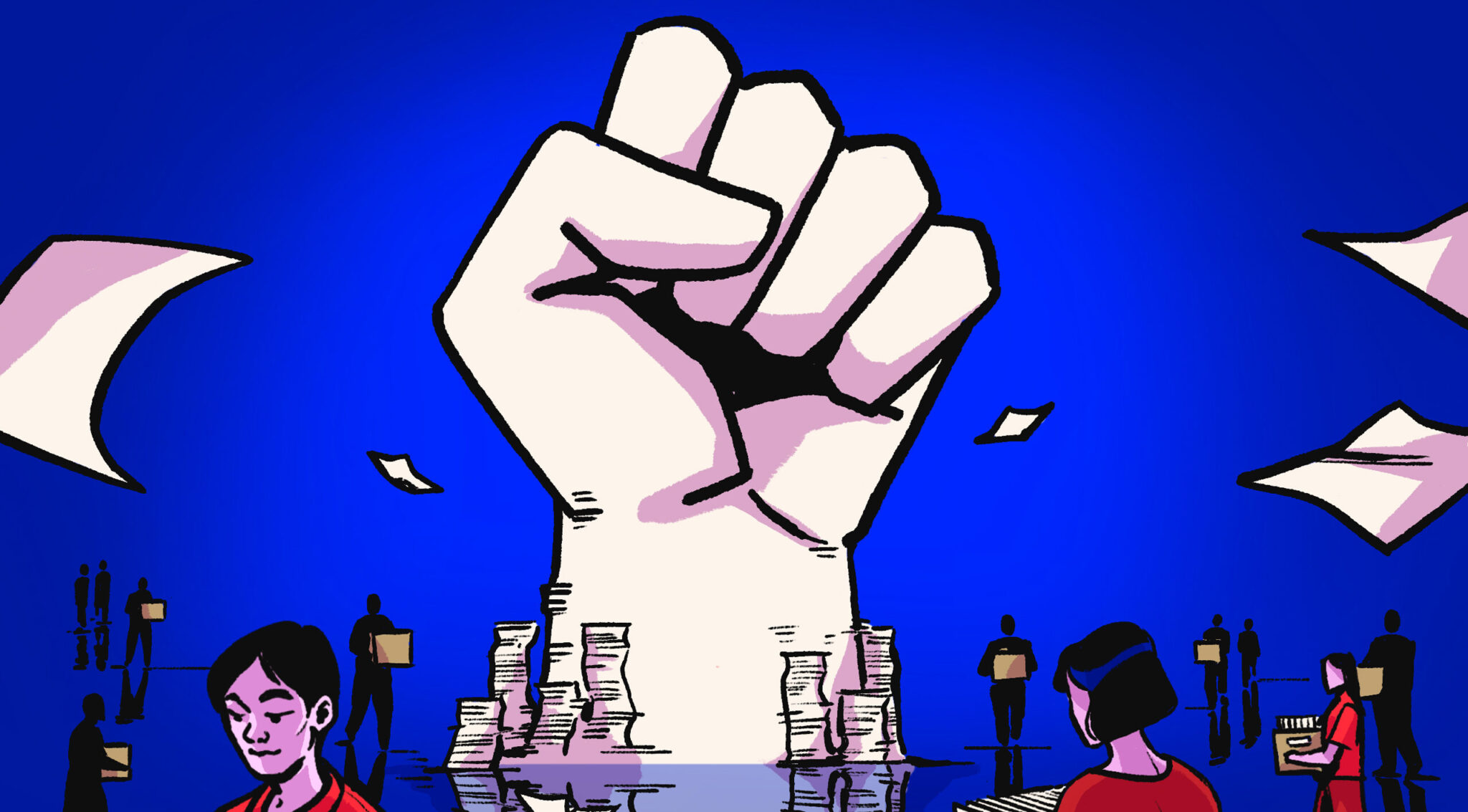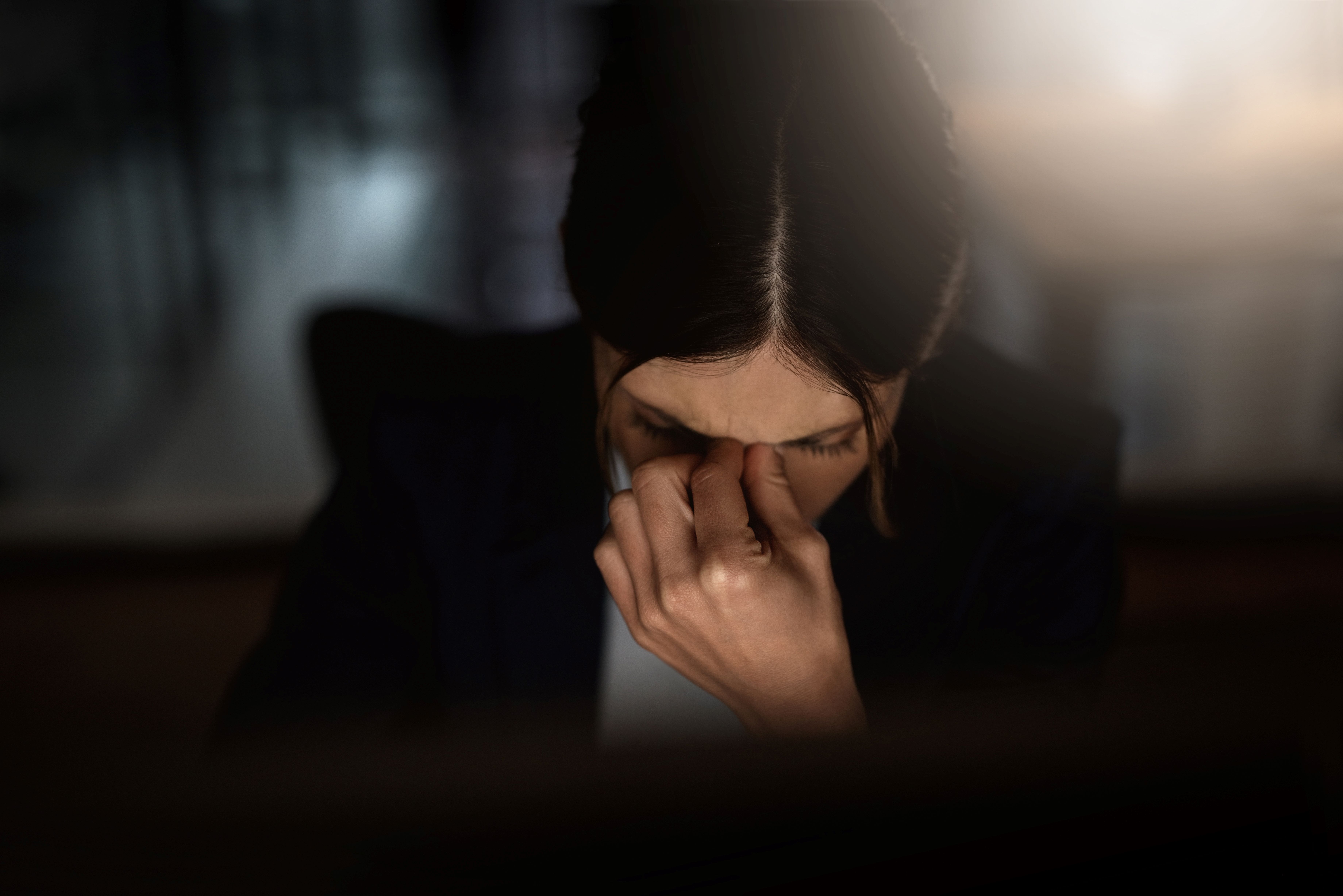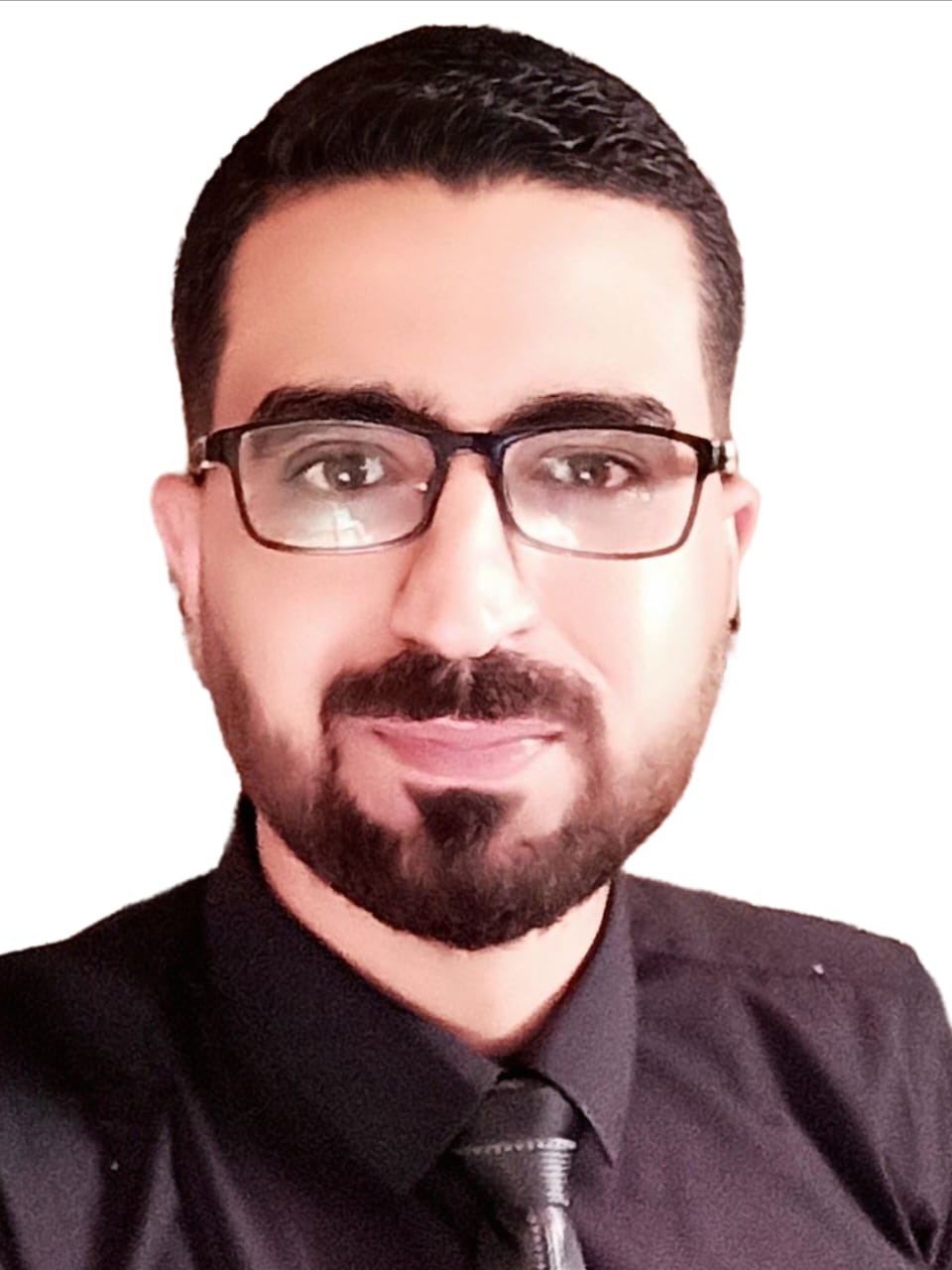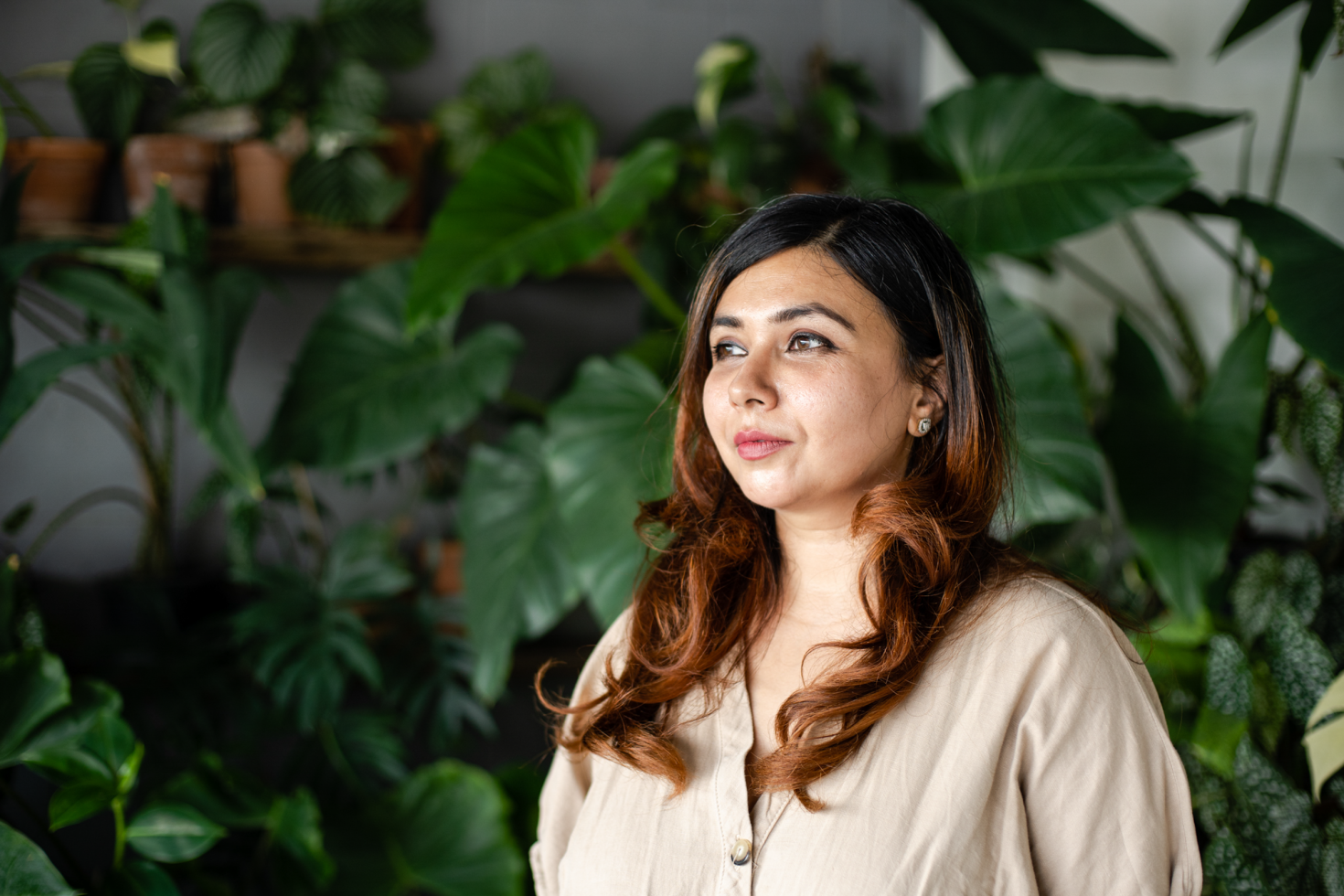This article was originally written in Arabic and translated into English
How did foreign journalists cover the killings in both Bosnia-Herzegovina and Rwanda? Did they contribute to conveying the truth and making an impact? Would the entry of foreign journalists into the Gaza Strip change the reality of the ongoing genocide? And would their coverage of the famine and massacres add to the daily coverage of local journalists?
Why is the local press's coverage of wars seen as deficient compared to Western journalism, even though they incur greater losses and casualties?
Bosnia and Rwanda: Direct Genocide vs. Genocide Without Images (1)
On August 5, 1992, a few months after the outbreak of war in Bosnia, a group of foreign journalists; The Guardian's correspondent Ed Vulliamy, and a team from British TV network ITN, including Penny Marshall and Ian Williams-managed to enter the infamous Omarska camp (2) near the city of Prijedor, the site of one of the most horrific massacres of the Bosnian War.
Two days later, the headline "The Shame of Omarska Camp" dominated The Guardian’s front page (3). Vulliamy, by his own account (4) gave 54 TV and radio interviews the day after the torture camp was revealed.
From the besieged capital Sarajevo, Christiane Amanpour sparked major controversy on May 3, 1994, when she accused former U.S. President Bill Clinton via video of "lacking a plan" and showing "constant indecision" in handling the unfolding situation in Bosnia. Clinton was stunned and failed to defend his policy (5). Even Ratko Mladić, "The Butcher of Bosnia," did not hide his anger at Amanpour’s reporting when she confronted him face-to-face in July 1993 (6).
Later, after the war ended with the Dayton Agreement in 1995, which divided Bosnia into two federations (7) and a small district (8), several journalists agreed to testify at the International Criminal Tribunal for the Former Yugoslavia (ICTY). Leading the way was Vulliamy, who recalls: "I abandoned any pretense of neutrality and went to The Hague. I gave the prosecution in the Tadić case (9) all my notebooks and told them everything I knew" (10).
"I abandoned any pretense of neutrality and went to The Hague. I gave the prosecution in the Tadić case all my notebooks and told them everything I knew."
(Ed Vulliamy, journalist)
Thus, Ed Vulliamy became the first journalist to testify before an international war crimes court since the Nuremberg Trials that followed World War II.
The praise for foreign journalists does not mean that some did not make errors or over-simplifications, such as describing the conflict in Bosnia as merely an ethnic or civil war of ancient origin, or giving space to genocide perpetrators to appear and incite violence.
In Rwanda, the genocide occurred over 100 days, while the Bosnian War was still ongoing. But unlike Bosnia, which received relatively intensive media coverage, Rwanda did not attract much attention from foreign press.
American media at the time focused on other issues such as the trial of football player O.J. Simpson, the Tonya Harding–Nancy Kerrigan scandal, and the election of Nelson Mandela as South Africa’s president, in addition to the ongoing events in Bosnia.
Although gruesome images of rotting bodies in the capital Kigali later filled the media, images of the killings themselves were nearly absent. Only a two-minute video, later dubbed “The Genocide Video” (11)(12), by British journalist Nick Hughes, documented killings on April 11, 1994, five days after the plane carrying Rwandan President Juvénal Habyarimana was shot down, triggering the genocide.
"The media failed, just like others did in Rwanda. The global powers failed. We, as individuals, failed."
(Roméo Dallaire, Head of UN Assistance Mission for Rwanda)
Canadian journalist Allan Thompson, editor of The Media and the Rwanda Genocide, states that according to most accounts, there were only two foreign journalists in Rwanda on April 6, 1994, the day of the plane crash: Katrin van der Schoot, a freelancer for Belgian radio, and Lindsey Hilsum, a freelancer for the BBC, The Guardian, and The Observer (13).
Later, other journalists entered Rwanda from Burundi, but the total number of foreign journalists never exceeded 15 throughout the month of April (14), the height of the genocide.
In the initial weeks of the genocide, there was no live coverage from Rwanda due to the risks and high costs of broadcasting equipment. Real-time footage from Rwanda only began to appear in late May (15).
The absence of journalists from the crime scene led to a misunderstanding of what was happening. Killings were oversimplified as "tribal conflict," "deep Africa struggles," or "nowhere affairs." One international media outlet even hired a member of the extremist Rwandan movement as a local reporter, which led to the spread of false information, until BBC correspondent Mark Doyle went to Rwanda and corrected the narrative (16).
The head of the UN Assistance Mission for Rwanda, Roméo Dallaire, does not hesitate to accuse both local and international media of being complicit in the genocide (17). He has often said he could have stopped the genocide with just 5,000 troops (18). He holds foreign journalists partly accountable for failing to convey the gravity of the situation, which might have prompted faster action from decision-makers. He admits: "The media failed, just like others did in Rwanda. The global powers failed. We, as individuals, failed" (19).
The United Nations intervened only after 800,000 to one million people were killed, through Operation Turquoise led by the French military. Would earlier entry by foreign journalists have silenced RTLM Radio and Kangura newspaper, the main platforms of incitement? Could their coverage have helped stop what is now called “The Preventable Genocide”? How much did journalistic failure delay international intervention?
We might find some answers in Bosnia itself.
From 1992, journalists successfully exposed Bosnian torture camps. But the crimes continued until late 1995, three years of uninterrupted atrocities. Daily news coverage did not deter perpetrators, who remained in ideological echo chambers, nor did it prompt the international community to act, despite professional reporting.
Gaza: Would the Entry of Foreign Journalists Have Made a Difference?
In an interview on Jon Stewart’s The Daily Show, Amanpour downplayed the credibility of local Gaza journalists, saying: "Our main problem in covering Israel and Gaza right now is that we can't get in. This is unprecedented. Journalists aren't on the ground in Gaza." Stewart immediately interrupted: "Well, there are journalists on the ground… but they're being killed there."
Amanpour then had to acknowledge this, though she minimized the role of local journalists: “You’re right… but I’m talking about independent Western journalists who can’t access the area or anyone else, except those risking their lives every day… We go to be the eyes and ears for those who can’t go, for those who aren’t local” (20).
If we were to summarize the role of foreign journalists in Bosnia, it can be framed in three interlinked contexts:
First: Revealing Serbian torture camps.
Second: Applying pressure on policymakers to halt the genocide.
Third: Testifying at the ICTY, the UN tribunal investigating war crimes after Yugoslavia’s dissolution.
In Rwanda, journalists arrived too late, only after survivors and refugees shared what had happened. The sole visual documentation of the genocide was captured by a British journalist from a building held by an international force.
If we apply these roles to Gaza, we find that local journalists and social media activists fulfill them all. They document the genocide daily, uncover mass graves and killings, and reveal torture against Palestinians. Those who manage to flee use their platforms to pressure decision-makers, assert the Palestinian narrative, and establish objective facts about Israel's ongoing genocide in Gaza. This documented work has formed the basis for cases filed at the International Court of Justice and the International Criminal Court, potentially paving the way-at least in theory, for holding perpetrators accountable, as happened in Bosnia and Rwanda.
The real question is not about who reports the genocide, but rather about the nature of the global system itself: a system that has repeatedly demonstrated its capacity to tolerate, and even support, mass killings as long as it aligns with interests and power structures.
Without a doubt, foreign journalists could complement local efforts, reduce the pressure on local reporters, and possibly lessen the targeting of local journalists. But would their presence really change coverage? Would describing the genocide in foreign terminology provoke more international response than what we are already seeing? Would the crime have stopped at some point if foreign journalists affiliated with powerful Western media outlets had covered it?
The history of genocide and ethnic cleansing coverage in Bosnia and Rwanda reveals a chronic, racially tinted overestimation of the "impact" of foreign journalists. This perception is rooted in the myth of Western journalistic superiority, a myth that the ongoing war in Gaza has thoroughly challenged.
The continued genocide in Gaza, despite intense, direct, and unprecedentedly diverse media coverage- enabled by social media -makes it clear that the real question is not about who reports the genocide, but rather about the nature of the global system itself: a system that has repeatedly demonstrated its capacity to tolerate, and even support, mass killings as long as it aligns with interests and power structures.
Footnotes & References:
- Edgar Roskis, Un génocide sans images, Le Monde Diplomatique, October 1994: https://genocidearchiverwanda.org.rw/Un_g%C3%A9nocide_sans_images_Blancs_filment_Noirs
- Al Jazeera English documentary: “Bosnia 1992: The Omarska Camp” https://youtu.be/WixrEMS9pnc?si=SZJHNzmq6qPzkViY
- The Guardian article, August 7, 1992: https://www.theguardian.com/world/1992/aug/07/warcrimes.edvulliamy
- Ed Vulliamy, Seasons in Hell, 1994.
- Clinton Global Forum, Part, https://youtu.be/7hBxoxS7yVc
- Christiane Amanpour meets Ratko Mladić, https://youtu.be/G2VKpYoYuUY
- Dayton Agreement divided Bosnia into: the Federation of Bosnia and Herzegovina (Muslim Bosniaks and Catholic Croats), and Republika Srpska (Orthodox Serbs).
- Brčko District was kept neutral to prevent territorial continuity of Republika Srpska.
- Duško Tadić was the first person tried by the ICTY for crimes in Omarska.
- Ed Vulliamy, Neutrality and the Absence of Reckoning: A Journalist’s Account, Journal of International Affairs, Spring 1999, 52(2), p. 604.
- Video: “The Genocide Video”, https://vimeo.com/126760724 (Warning: graphic content)
- Jacques Morel, The genocide video shot by Nick Hughes, Sept. 14, 2023: https://francegenocidetutsi.org/NickHughesEn.pdf
- Allan Thompson (editor), The Media and the Rwanda Genocide, Pluto Press, 2007, p. 5.
- Ibid.
- Ibid.
- Ibid.
- Roméo Dallaire, The Media Dichotomy, in The Media and the Rwanda Genocide, edited by Allan Thompson, Pluto Press, 2007, p. 14.
- Ibid., p. 12.
- Thompson, op. cit., p. 4.
- Christiane Amanpour interview, The Daily Show: https://youtu.be/d7JvuQPFG7E?t=93
